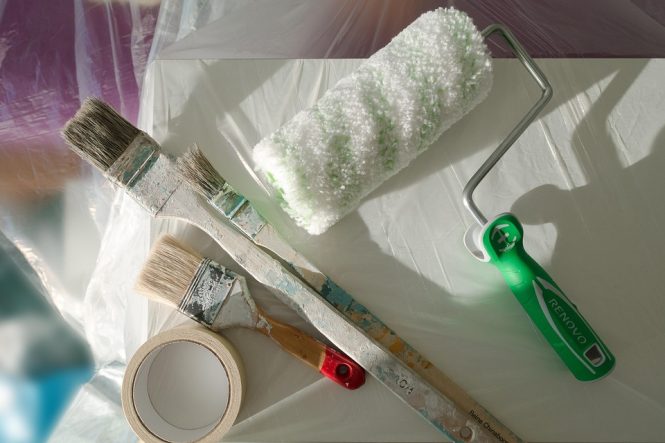
Sustainable Renovation: Eco-Friendly Materials and Practices for a Greener Home
As the world becomes increasingly aware of the importance of environmental sustainability, homeowners are looking for ways to reduce their ecological footprint. One of the most effective ways to do this is through sustainable renovation, which involves using eco-friendly materials and practices to create a greener, more environmentally friendly home. In this article, we will explore the benefits of sustainable renovation and provide tips on how to incorporate eco-friendly materials and practices into your next renovation project.
Benefits of Sustainable Renovation
Sustainable renovation offers a wide range of benefits, including:
- Reduced energy consumption: Eco-friendly materials and practices can help reduce energy consumption, which can lead to lower utility bills and a reduced carbon footprint.
- Improved indoor air quality: Sustainable renovation can help improve indoor air quality by using materials that are free from toxic chemicals and pollutants.
- Increased durability: Eco-friendly materials are often more durable and long-lasting, which can reduce the need for frequent repairs and replacements.
- Enhanced aesthetic appeal: Sustainable renovation can also enhance the aesthetic appeal of a home, with natural materials and energy-efficient features adding to its beauty and charm.
- Increased property value: Homes that have been renovated with sustainable materials and practices can increase in value, making them more attractive to potential buyers.
Eco-Friendly Materials
When it comes to sustainable renovation, the materials used are just as important as the practices. Some popular eco-friendly materials include:
- Bamboo: Bamboo is a highly renewable resource that is resistant to pests and decay, making it an excellent choice for flooring and furniture.
- Reclaimed wood: Reclaimed wood is salvaged from old buildings and can be used for a variety of purposes, including flooring, walls, and ceilings.
- Low-VOC paints: Low-VOC (volatile organic compound) paints are free from toxic chemicals and pollutants, making them a healthier choice for indoor spaces.
- Recycled glass: Recycled glass can be used for countertops, backsplashes, and other decorative elements.
- Sustainably sourced lumber: Sustainably sourced lumber is harvested from forests that are managed in a responsible and environmentally friendly way.
Eco-Friendly Practices
In addition to using eco-friendly materials, there are several practices that can help make a renovation project more sustainable. Some of these practices include:
- Energy-efficient design: Energy-efficient design involves planning and designing a space to maximize natural light and heat, reducing the need for artificial lighting and heating.
- Water conservation: Water conservation involves installing low-flow faucets and toilets, as well as using greywater systems to reuse water for irrigation and other non-potable purposes.
- Waste reduction: Waste reduction involves reducing, reusing, and recycling materials whenever possible, minimizing the amount of waste that ends up in landfills.
- Indoor air quality management: Indoor air quality management involves using materials and practices that minimize indoor air pollution, such as using low-VOC paints and installing air purifiers.
- Solar power: Solar power involves installing solar panels to generate electricity and reduce reliance on fossil fuels.
Tips for a Sustainable Renovation
If you’re planning a renovation project, here are some tips to help you incorporate eco-friendly materials and practices:
- Hire a sustainable contractor: Look for a contractor who has experience with sustainable renovation and can help you choose eco-friendly materials and practices.
- Conduct an energy audit: Conduct an energy audit to identify areas where energy is being wasted and make improvements to reduce energy consumption.
- Choose eco-friendly materials: Choose eco-friendly materials whenever possible, such as bamboo, reclaimed wood, and low-VOC paints.
- Reduce waste: Reduce waste by reusing and recycling materials whenever possible, and donate or recycle materials that can’t be reused.
- Consider solar power: Consider installing solar panels to generate electricity and reduce reliance on fossil fuels.
Conclusion
Sustainable renovation is a great way to reduce your ecological footprint and create a greener, more environmentally friendly home. By using eco-friendly materials and practices, you can reduce energy consumption, improve indoor air quality, and increase the durability and aesthetic appeal of your home. Whether you’re planning a small renovation project or a large-scale renovation, incorporating sustainable materials and practices can make a big difference. So why not start planning your sustainable renovation today and create a home that is not only beautiful but also eco-friendly?